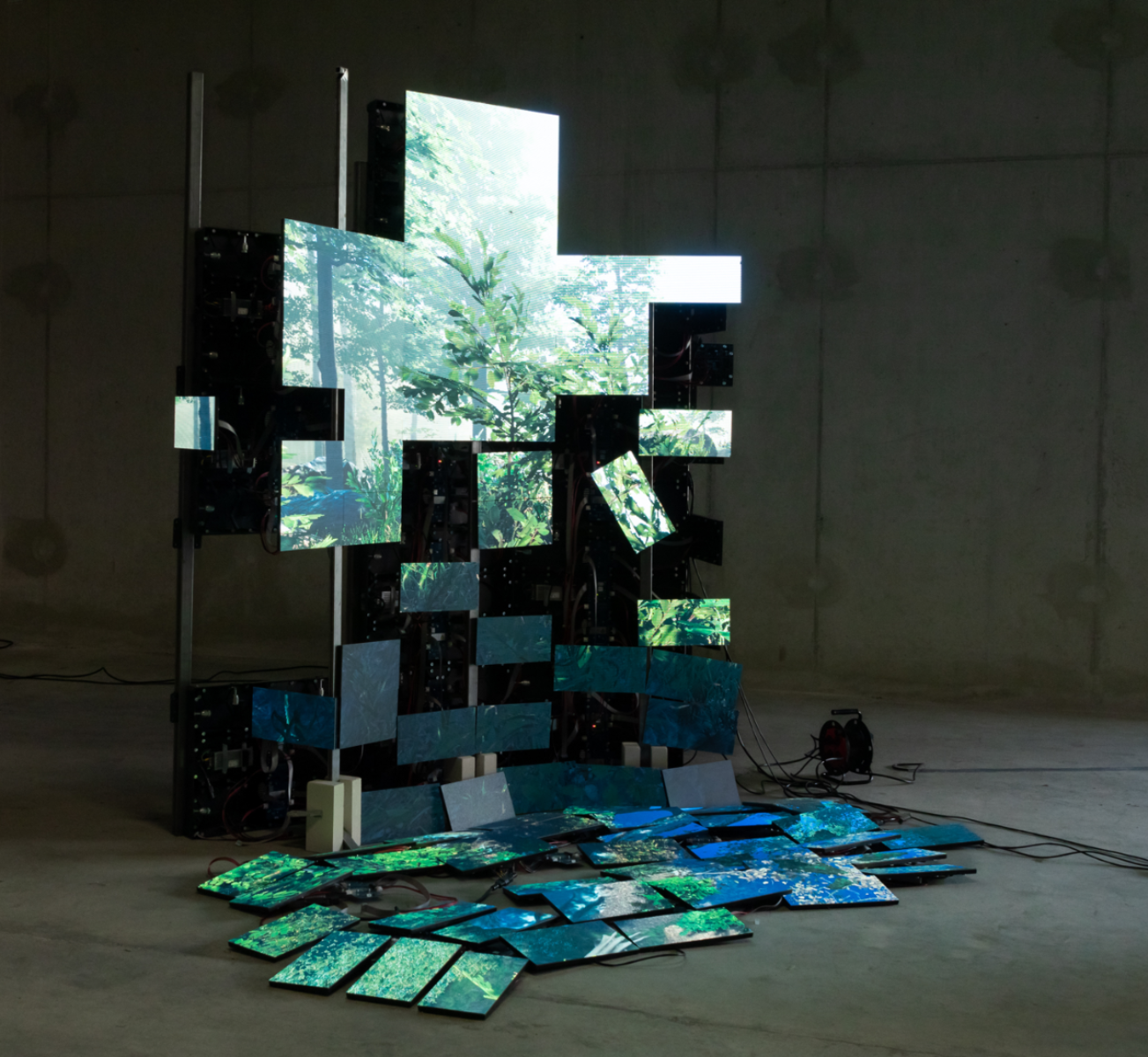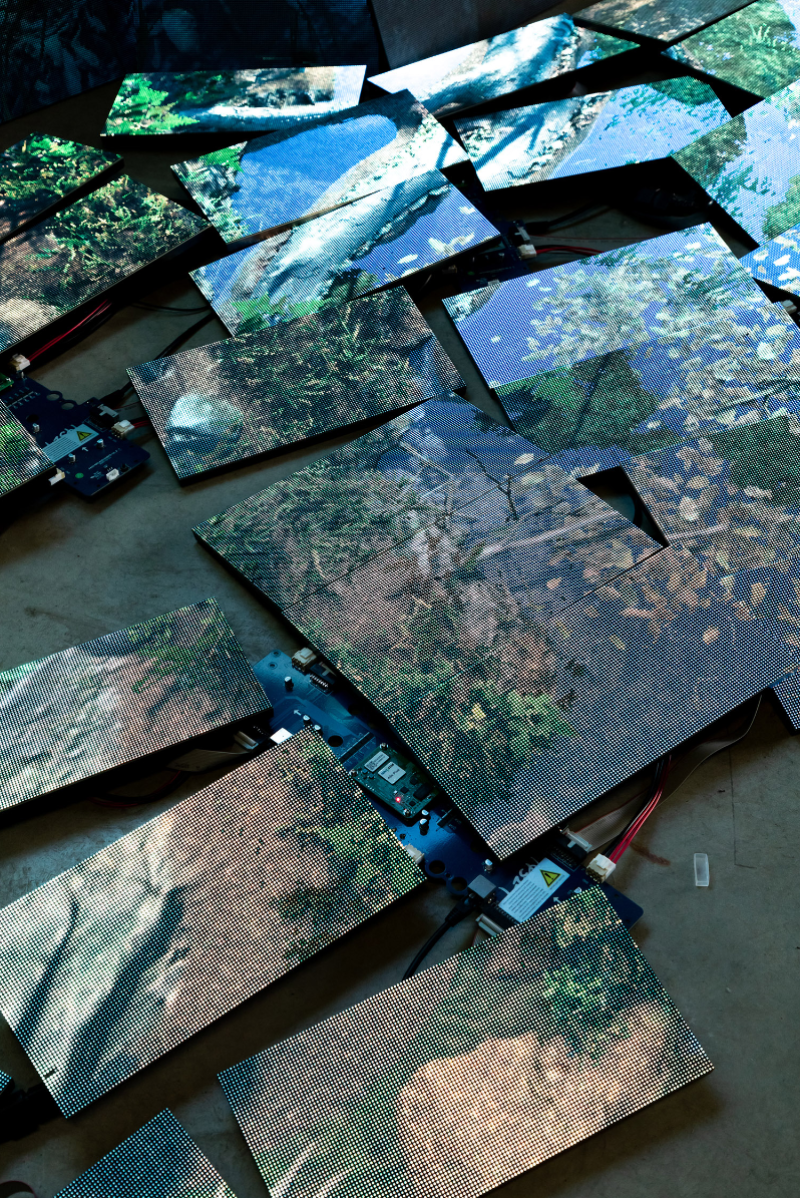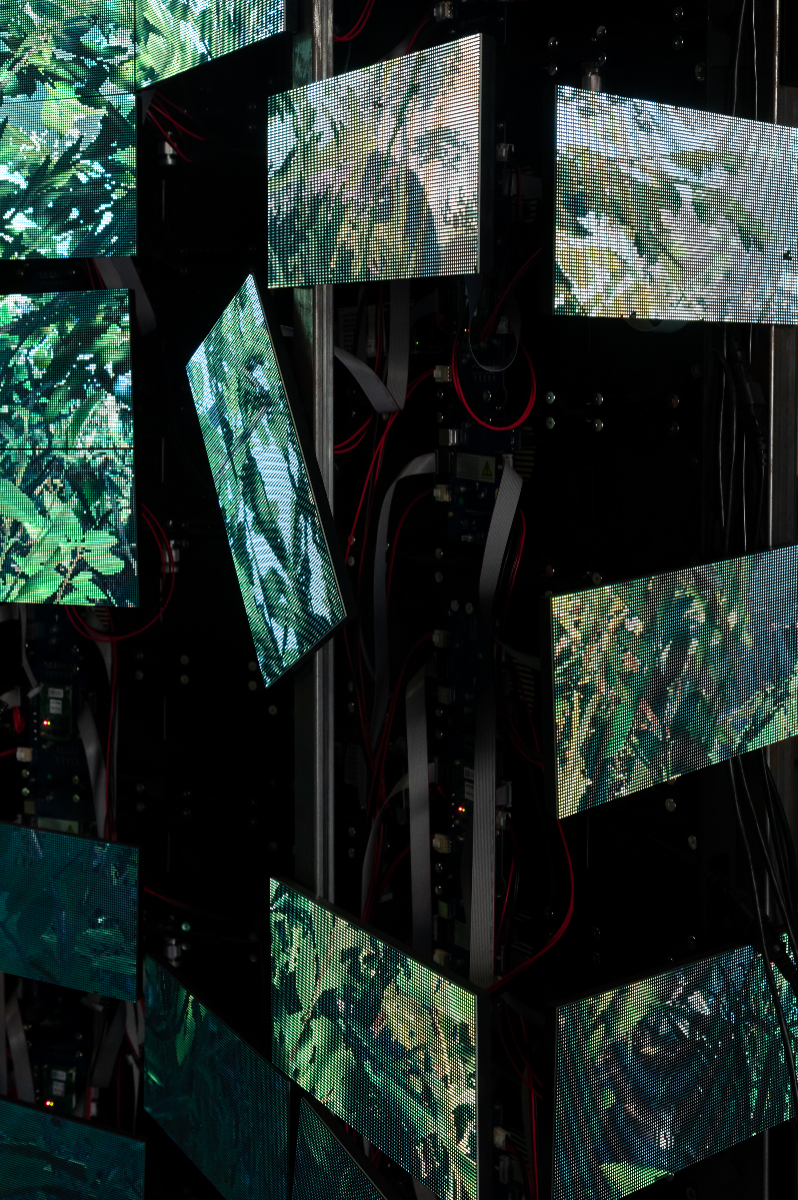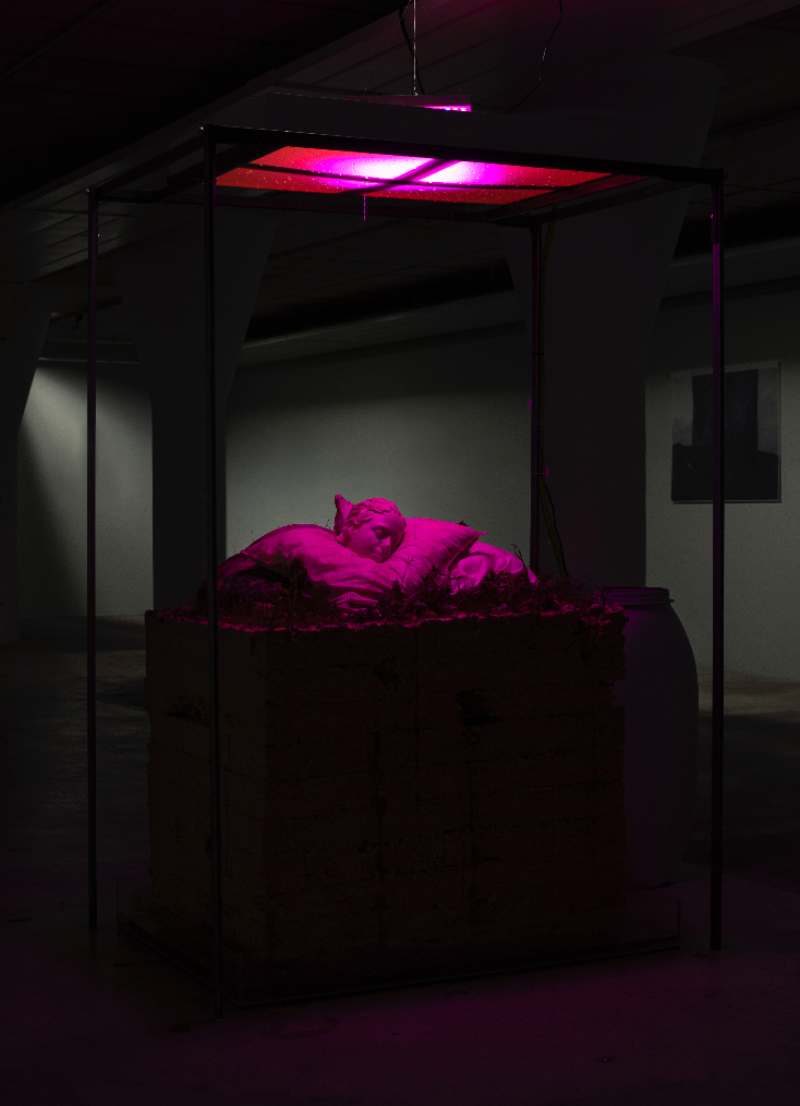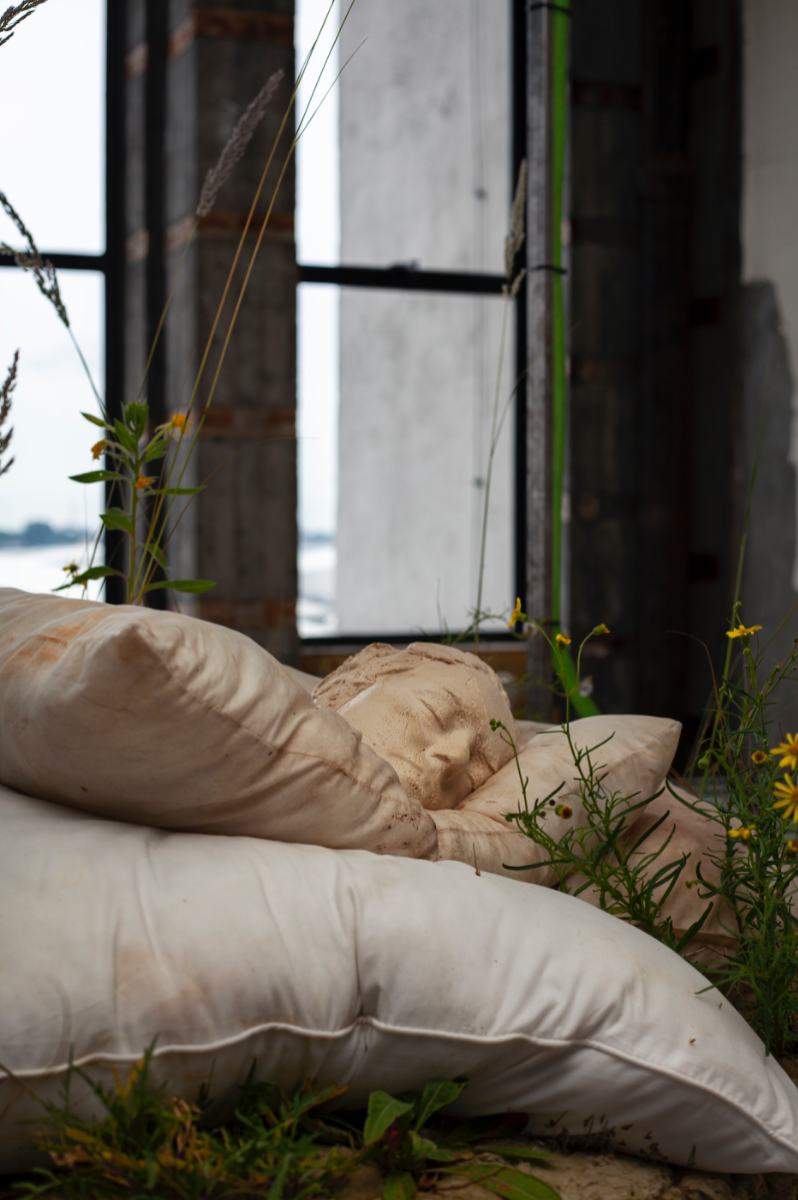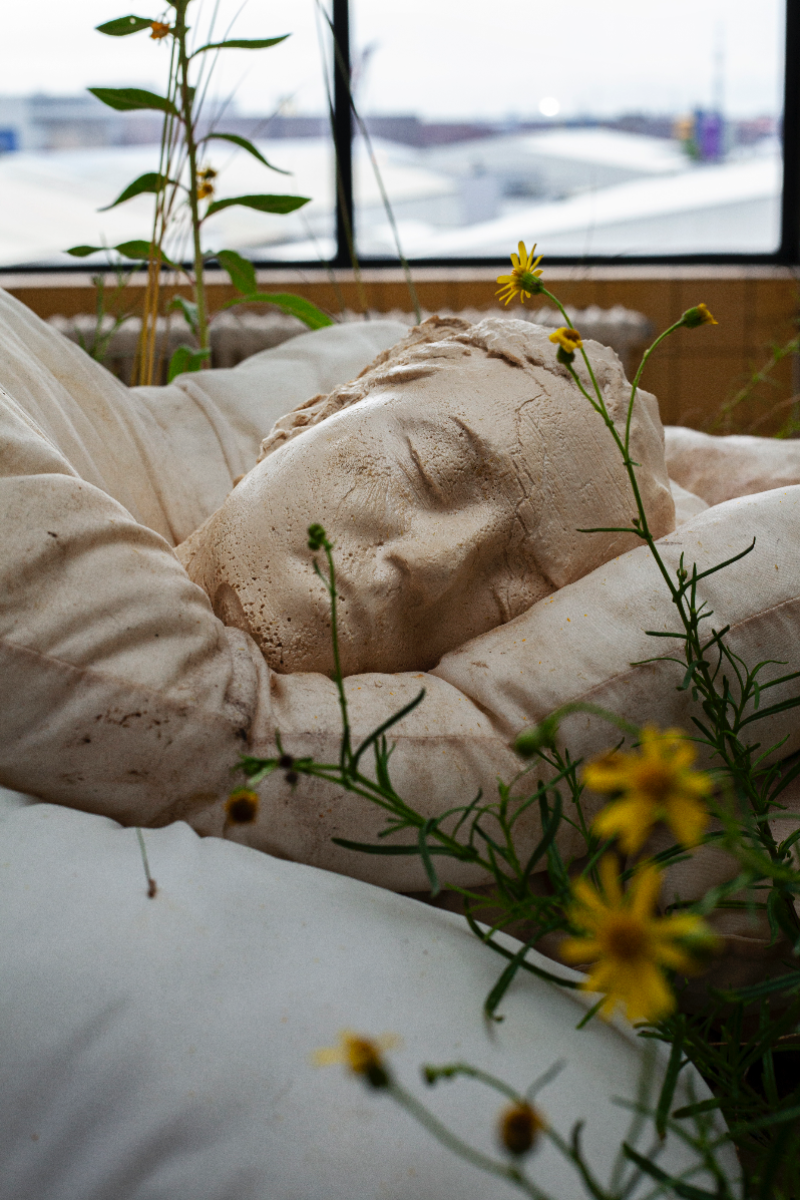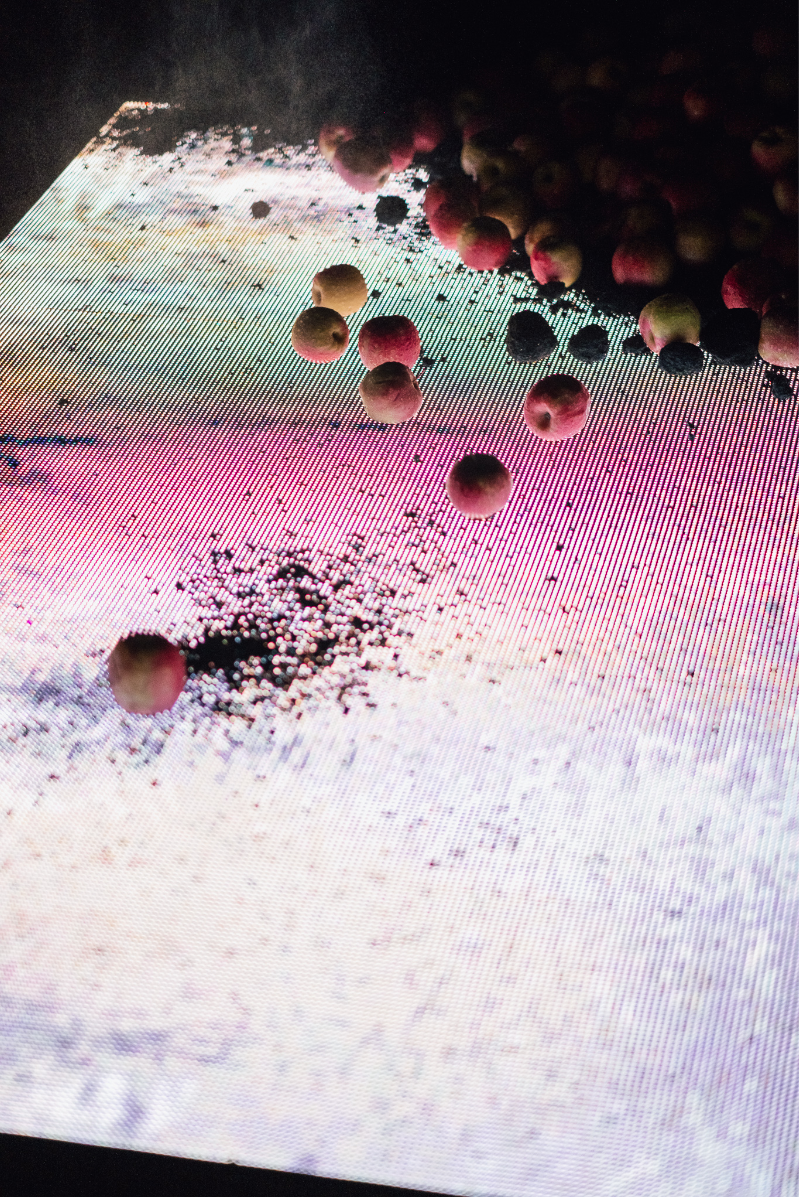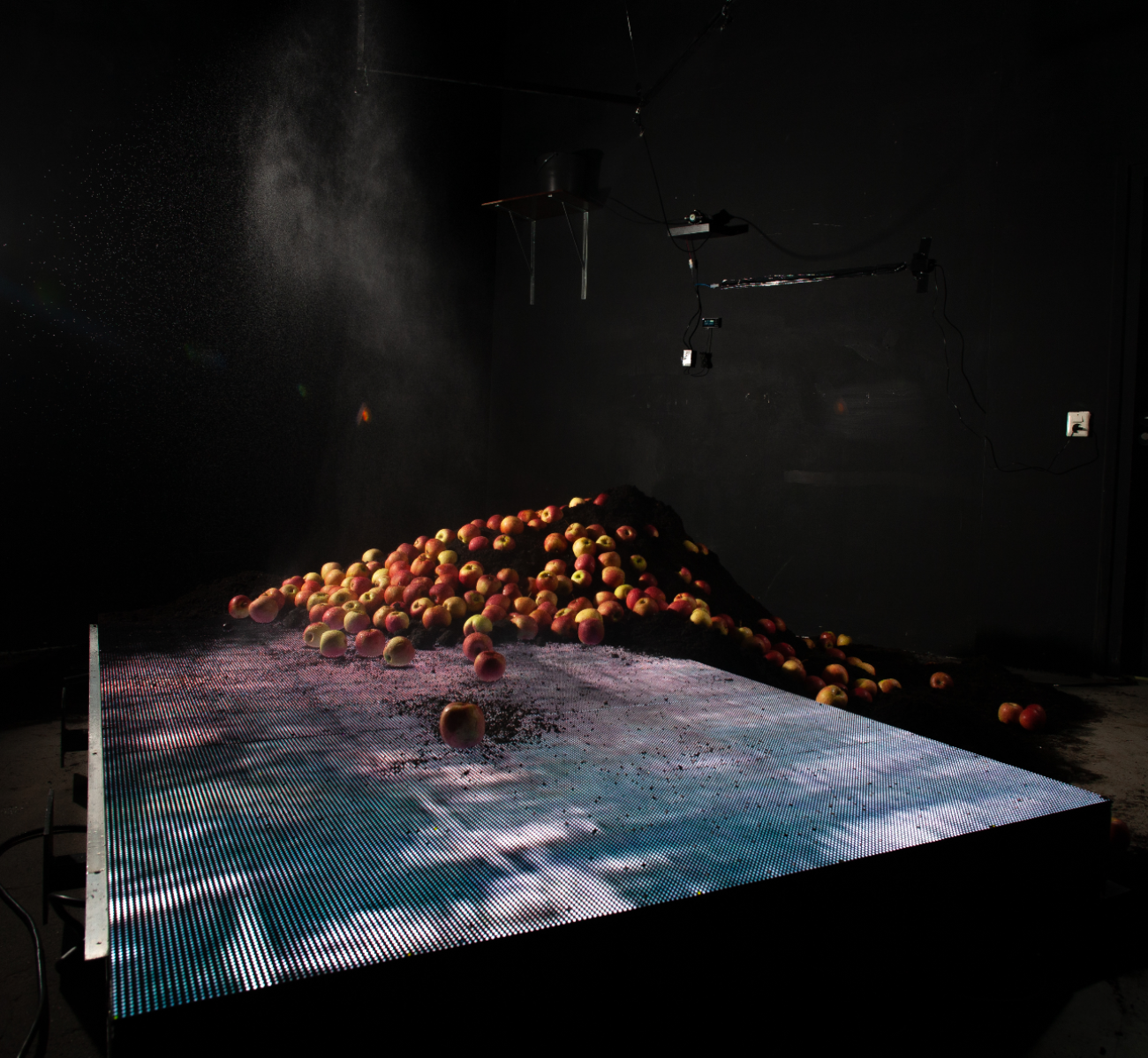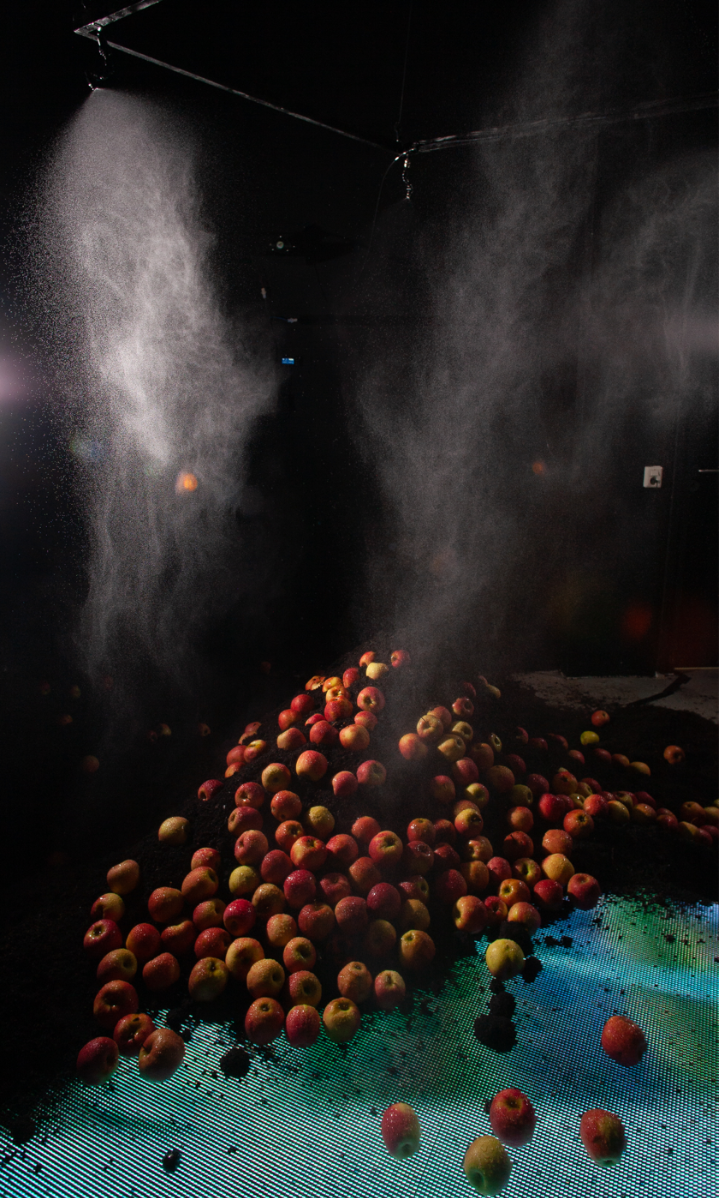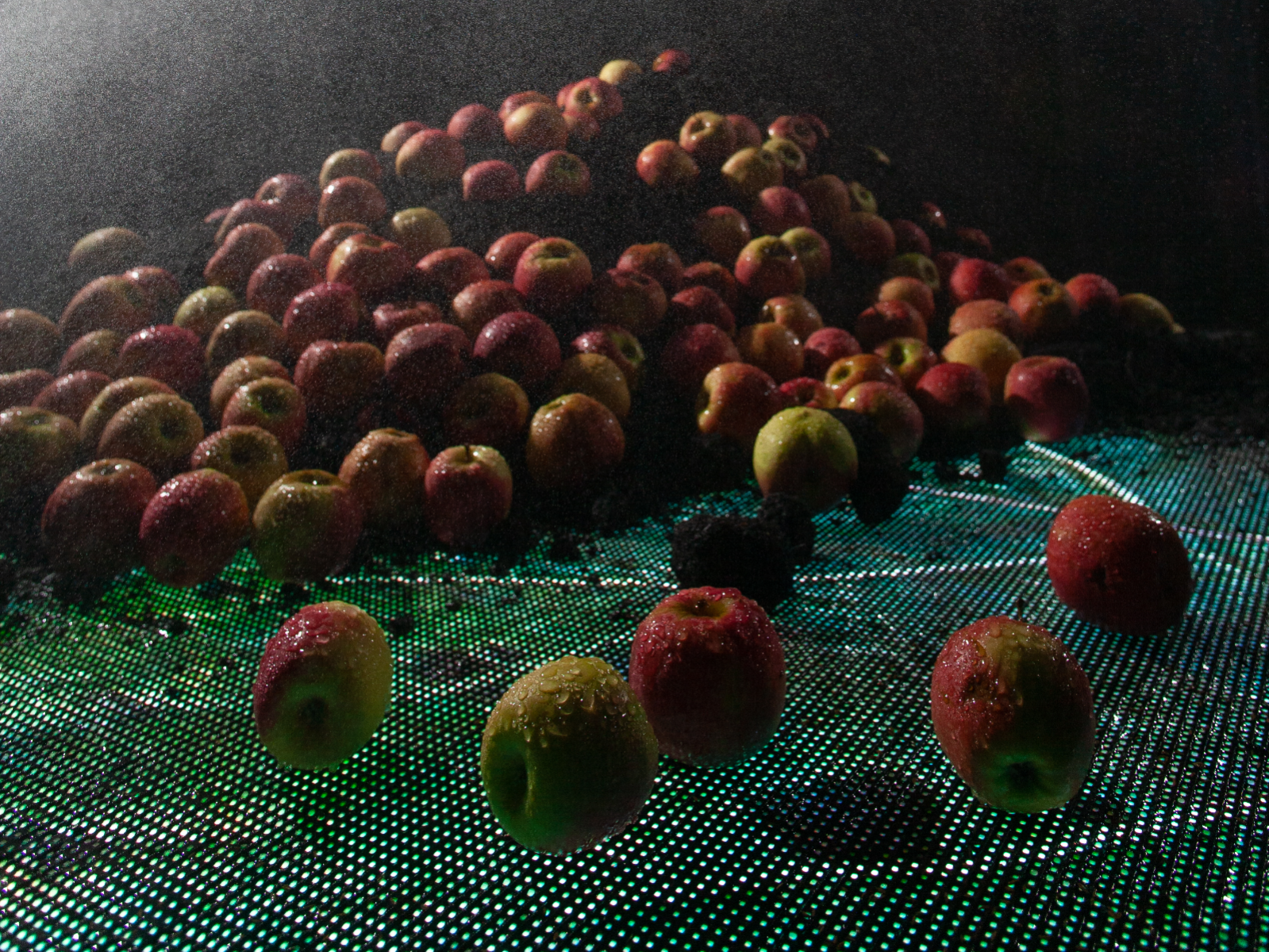Filipp Groubnov
Digital Arts (Visual Arts) MA
Royal Academy Of Art The Hague KABK
Specialisms: Fine Art / Installation/Sculpture / Digital Arts
Location: Den Haag, Netherlands
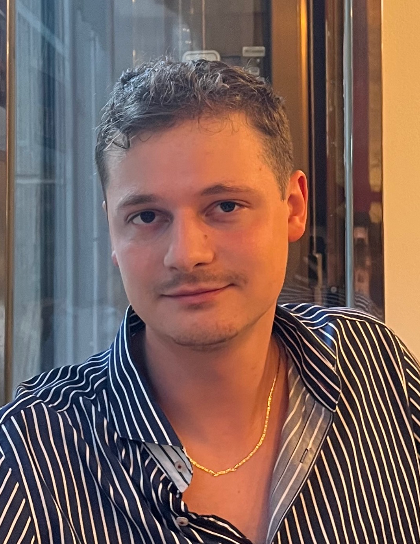

Filipp Groubnov

First Name: Filipp
Last Name: Groubnov
Specialisms: Fine Art / Installation/Sculpture / Digital Arts
Sectors:
My Location: Den Haag, Netherlands
University / College: Royal Academy Of Art The Hague KABK
Course / Program Title: Digital Arts (Visual Arts) MA
About
Philipp Groubnov is an interdisciplinary artist. He was born in Belarus in 1995, where he lived until moving to the Netherlands in 2015 to pursue a career of an artist. Philipp's work is informed by his background in science (having studied in the Physics Faculty of Belarussian State University), his fascination with the biological systems and their relation to the human symbolism.
Part of Groubnov's family is coming from the rural area of Belarus. Specifically the town-village Zhirovichi where he would often spend summer and winter holidays. Zhirovichi is known in post-soviet area because of one the oldest Orthodox Churches in Belarus and the spring of holy water. The area is surrounded by an abundance of forests and lakes that wrap around the small scarcely populated town. The alienating image of the human symbolism in the context of the wild "nature" populated by different beings inspired Groubnov since young age and formed the basis of his future work.
In 2023 Groubnov graduated from the Royal Academy of Arts in the Hague with a Master degree in Artscience.
The soil that you see in front of you was brought in from the Bela- rusian village “Zhirovichi”, the village of my grandparents. It was collected near the Spring of holy water. Around the spring the lush vegetation creates a place of tranquility, a place where the biblical myths breathe through the matter of the landscape. The “pochva” is alive. It houses billions of living beings - traces of the distant landscape. The organisms in the soil are breathing, feeding, metabolising. Their vitality produces electrical charge. Since the Russian invasion into Ukraine I have not been able to return to Belarus. The village of my grandparents, along with it’s Holy Spring are now only a memory. The memory - shared like a collective hallucination of a promised land. A land, existing on a different scale of time, eternally near and distant. A memory land, a promise, a desire. The dirty matter, pochva buzzing with unheard sounds of life. The animated vibrations of the matter produce dreams and desires. The digits, executable rituals in the form of a code produce a landscape. The landscape was re-constructed from my memory, somewhere in between imagination and reality. A dream of soil matter, a promised land embedded into the physical substance.
Competitions

Global Design Graduate Show 2023
The Garden of Iarthly Delights is a situation in which the personal dream-space is polluted by the wild weeds and plants. A situation where the roots of the plants make their way into a dream of an unbothered artist. The artist is resting her head on the pillow, illuminated by the purple light of an artificial sun. The rain is dripping down on the head and flows on the rock wool where the grass and various weeds are growing. Dreams are inhabited by living idea-organisms, they constitute an ecosystem of symbols and abstract thoughts. Human has invented a designated place to experience the dream-ecosystem, something known as a bed. The bed is usually kept clean from any non-human organisms as to maintain a safe sterile space. This tradition is challenged in the work. The timing of the rain is connected to a particular place on Earth through the computer which receives real-time weather data from that place. The head that is resting on the pillow belongs to Narges Mohammadi, a young artist. Water is delivered from the tank into the top container that produces the rain, after it reaches the pillows and the weeds planted in the rock wool it goes down to a glass container from which it gets pumped back into the tank. That way creating a circular ecosystem.
Competitions

Global Design Graduate Show 2023
"NON-STILL LIFE" is an immersive video installation where the idealised digital images are interacting with the physicality of the water and slowly rotting apples. The sweetness of apples have long been associated with desire and pleasure.The well known narrative from the Bible places an apple as cornerstone of the downfall of humans. Companies do everything in their power to make sure that the apples from the grocery stores shelves look impeccably perfect. Almost like a cartoonish caricature of themselves. This desire for perfection is deeply rooted in the way western society treats the environment and the way we are thriving for the experiences that are compulsory pleasurable, ideal and rewarding. There is an alienation of the people from the actual contact with nature. We are so used to seeing the manipulated idealised images from digital media that the reality of actual living things becomes repulsive. Using water mist and air conditioning the exhibition space is turned into a cooler, similar to the likes used in grocery stores to preserve fruits in their most marketable condition for as long as possible. The video playing on the large water-proof LED screen is showing manipulated scenes from the movie "Solaris" by Andrei Tarkovsky. The apples are scattered over the screen and are illuminated by the digital images. The water mist is hovering in the air, creating a dreamy atmosphere and slowly falling on the screen. The shots selected from the movie depict the idyllic environment of the main characters home village. The nature and the life in this village is shown like a nostalgic dream, a sort of endless limbo of idealised memory. The scenes were manipulated by the artist to the point where the plot is lost and only the abstracted feeling remains. "NON-STILL LIFE" invites the viewer to reflect on the connections between the portrayal in media and the changing physical reality as well as our desire to erase the boundary between the two. The installation becomes a fragile equilibrium where the idealised digital images co-exists with the desire for eternal physical perfection and where the material reality of the slowly rotting apples eventually creates conditions for new living beings and new meanings.
